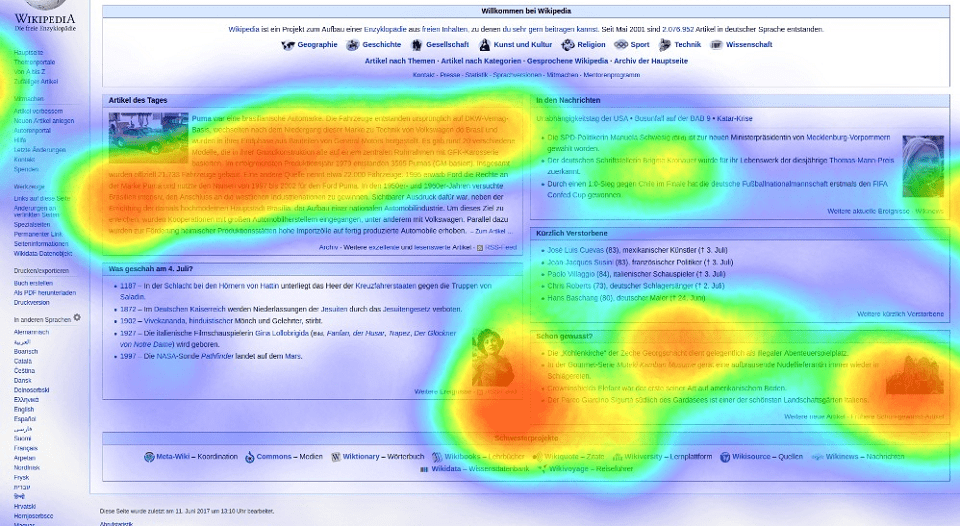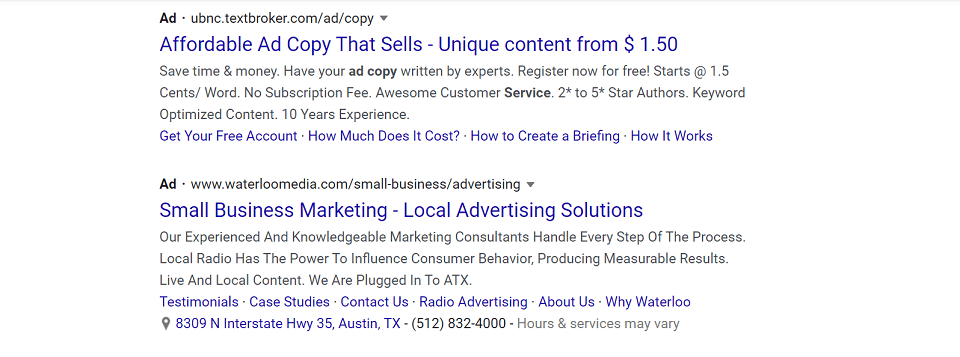AI is rapidly changing how businesses around the world approach marketing.
It automates tasks, analyzes data, and personalizes content at scale. But “AI” is not a strategy.
Businesses that treat AI as a replacement for marketing strategy fail.
AI is a tool—one that enhances execution, not decision-making.
Without a structured process, you could fall into the trap of relying on AI without direction, leading to disjointed campaigns and wasted budgets.
Success comes from building a repeatable marketing process that combines AI with human expertise.
With the right process in place, you’ll be able to use AI effectively, keeping strategy, creativity, and decision-making in your team’s capable hands.
Why AI Alone Won’t Build a Winning Strategy
AI excels at automation, but it does not replace strategic thinking, creativity, or human judgment.
Businesses that rely solely on AI run into common problems.
1. AI Optimizes for Short-Term Wins, Not Long-Term Growth
AI makes decisions based on data.
It predicts what will generate the best short-term results, but it does not consider long-term brand positioning.
Sure, an AI-powered ad campaign may increase conversions today.
But without a broader strategy, it won’t build brand trust, customer loyalty, or sustainable growth.
AI lacks the ability to balance immediate results with long-term business objectives.
2. AI Can’t Define Business Goals
AI identifies patterns in data, but it does not set goals.
If you rely on AI for decision-making, you’re almost certain to fail to create a clear direction.
- AI optimizes for engagement, but it does not define what success looks like
- AI analyzes past data, but it does not adapt to industry shifts or competitive threats
- AI automates marketing tasks, but it does not align them with business priorities
Marketers define strategy. AI supports execution.
Without human direction, AI-driven marketing becomes reactive instead of proactive.
3. AI-Generated Content Lacks Brand Voice and Emotional Connection
AI can do a decent job of writing blog posts, social media updates, and ad copy.
But without human oversight, AI-generated content can lack authenticity, originality, and emotional depth.
- AI pulls from existing content, meaning it does not create new ideas or thought leadership
- AI-generated messaging can feel robotic, leading to disengaged audiences
- AI lacks the ability to craft compelling narratives that build customer trust
Good marketing is more than just regurgitating information and data.
It requires storytelling, brand consistency, and human connection—things AI cannot replicate.
4. AI Alone Can’t Adapt to Changing Market Conditions
AI relies on historical data to make predictions.
But marketing is always evolving.
Consumer behavior shifts, cultural trends emerge, and competitive landscapes change.
Without human oversight, you open up a risk of making decisions based on outdated data.
AI is a powerful tool, but it cannot replace real-time judgment, market intuition, and adaptability.
How to Build a Marketing Process That Actually Works
With a properly structured marketing process, you will be able to use AI effectively, but without losing strategic direction.
When you follow a repeatable framework, you will see better results, stronger brand consistency, and scalable growth.
1. Define Your Strategy First—Then Use AI to Execute
AI works best when it has a clear roadmap.
First, define your marketing goals, audience segments, and messaging strategy. Then, AI can assist with execution.
- Set long-term growth goals before launching AI-driven campaigns
- Establish a brand voice to which AI-generated content must align
- Define key performance indicators (KPIs) that AI optimizations should support
AI should not make strategic decisions. It should support the strategy set by you and your marketing team.
2. Use AI for Efficiency—Not for Creativity or Decision-Making
AI improves marketing operations when used correctly.
It automates repetitive tasks, enhances data analysis, and scales personalization.
But it should never replace your own creativity or strategic thinking.
- AI can generate content drafts, but your marketing team should refine them
- AI can optimize ad targeting, but you should define the messaging
- AI can analyze customer behavior, but you need to decide how to engage them
The best marketing teams use AI as an assistant—not as a decision-maker.
3. Ensure AI-Generated Content Aligns with Human Messaging
If you want to use AI for content, you will need a review and refinement process:
- Use AI to brainstorm and generate drafts—but edit for clarity, tone, and engagement
- Train AI models on brand-specific guidelines to maintain consistency
- Review AI-generated content to ensure it reflects company values and messaging strategy
AI supports content marketing, but your oversight will ensure that the outputs maintain standards of quality and authenticity.
4. Implement a Repeatable Human + AI Process
A marketing process should be structured and repeatable.
AI can handle efficiency, while you and your team drive creativity and strategic direction.
The HAIF Model (Human + AI Framework) provides this balance:
- AI automates tasks → People oversee execution
- AI analyzes performance → Humans adjust strategy
- AI assists with personalization → Your team ensures that messaging remains authentic
If you follow this framework, you can scale faster, maintain brand trust, and ensure effective use of AI.
AI Is NOT a Strategy—But It IS a Competitive Advantage
AI will continue to shape the future of marketing.
By integrating AI into a structured process, your business will grow faster and operate more efficiently.
But those that rely on AI without human oversight will struggle.
A winning marketing strategy requires human decision-making, creativity, and direction.
AI is a tool that enhances execution—but it should never dictate strategy.
Once you get this balance right, you will be able to build smarter, more scalable marketing processes that drive long-term success.
Are you ready to embrace AI with good processes in place? Learn more about HAIF and how I can help you get it right the first time.
Tommy Landry
Latest posts by Tommy Landry (see all)
- AI-Powered SEO Agents: Why They Fall Short - October 21, 2025
- Law Firm SEO in the AI Era: Why Future-Focused Attorneys Need More Than a Legal SEO Agency - October 16, 2025
- AI Discoverability Scorecards: Benchmarking Your Brand’s Visibility in Generative Engines - October 14, 2025





